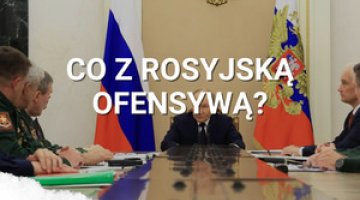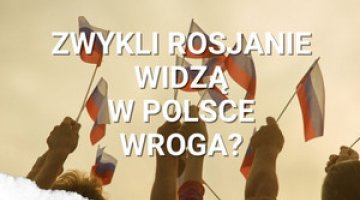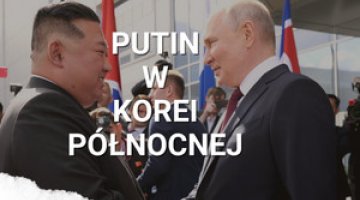Russia: Navalny’s ‘voters’ strike’
On 28 January, meetings organised by Aleksei Navalny’s network were held in more than 100 cities in Russia under the slogan of ‘the voters’ strike’. The number of attendees is difficult to estimate; over ten thousand participants may have assembled in total (around 3500-4000 people turned up in Moscow). The aim was to protest against the refusal to register Navalny as a presidential candidate, and to give publicity to two specific demands: to boycott the elections, and simultaneously to organise broad monitoring of the voting process. In most towns the authorities granted permission to hold the demonstrations, but in Moscow the protest was illegal (the city authorities did not agree to the demonstration’s location). In total 350 people across Russia were detained, of whom over a dozen each were held in Moscow and St. Petersburg; most of them (including Navalny himself) were released later the same day.
Commentary
- The scale of the protests was clearly smaller than in spring 2017, and only a little larger than in October 2017, when they were spontaneous in nature. This may signal the exhaustion of the movement’s potential for mobilisation, which reached its peak last spring, and that it has narrowed down to a small group of regular followers. The slogan of boycotting the elections has proved to be less popular than the anti-corruption tagline which has been used hitherto; moreover, the Navalny electorate, which is ready to ‘strike’ on the streets in his defence, is much less numerous than the group which generally identifies with his demands (such as the fight against corruption). In addition, the government’s policy of repression towards Navalny’s followers (detention, arrests, pressure and intimidation in schools and workplaces), which it has conducted since the middle of last year, has also probably had an effect.
- The authorities’ relatively mild response to the protests is noteworthy, as it reflects their reluctance to exacerbate the situation before the elections. The repression did not cover large groups of participants this time, but mainly affected people from Navalny’s inner circle (several of his colleagues were arrested, and the police made a forced entry into the studios of the Foundation to Combat Corruption, where a live internet broadcast was taking place). This trend may change after the elections. If Navalny’s movement is not marginalised out of its own inertia (as the potential for mobilisation associated with the elections decreases), then we should expect an increase in the repression, as Navalny’s political charisma may pose a threat to the authorities in the longer term against a background of economic stagnation and the political-social sterility of the Kremlin’s agenda.
- The authorities’ actions around the elections so far indicate a desire to legitimise the process by raising turnout as high as possible, and to maintain full control of the electoral campaign. This is demonstrated not only by the move to prevent the unpredictable Navalny from running, but also by the careful choice of counter-candidates to Putin and the supervision of their activity. This applies both to the promotion in the public media of Ksenia Sobchak – a colourful personality who is superficially running as an opposition candidate but is supported by the Kremlin – as well as the media campaign aimed at disparaging the candidate of the Communists (the CPRF) Pavel Grudinin, who began to pick up public support very rapidly just after he started running (over 7% in the polls of the state-run VTsIOM). Against this background, the broad-based, organised pro-Putin agitation is clearly apparent (in the media, schools and workplaces, in the regional authorities’ mobilisation of support groups, and in the increased budgetary spending directed to the poorest groups of the population).




